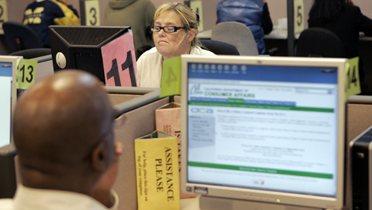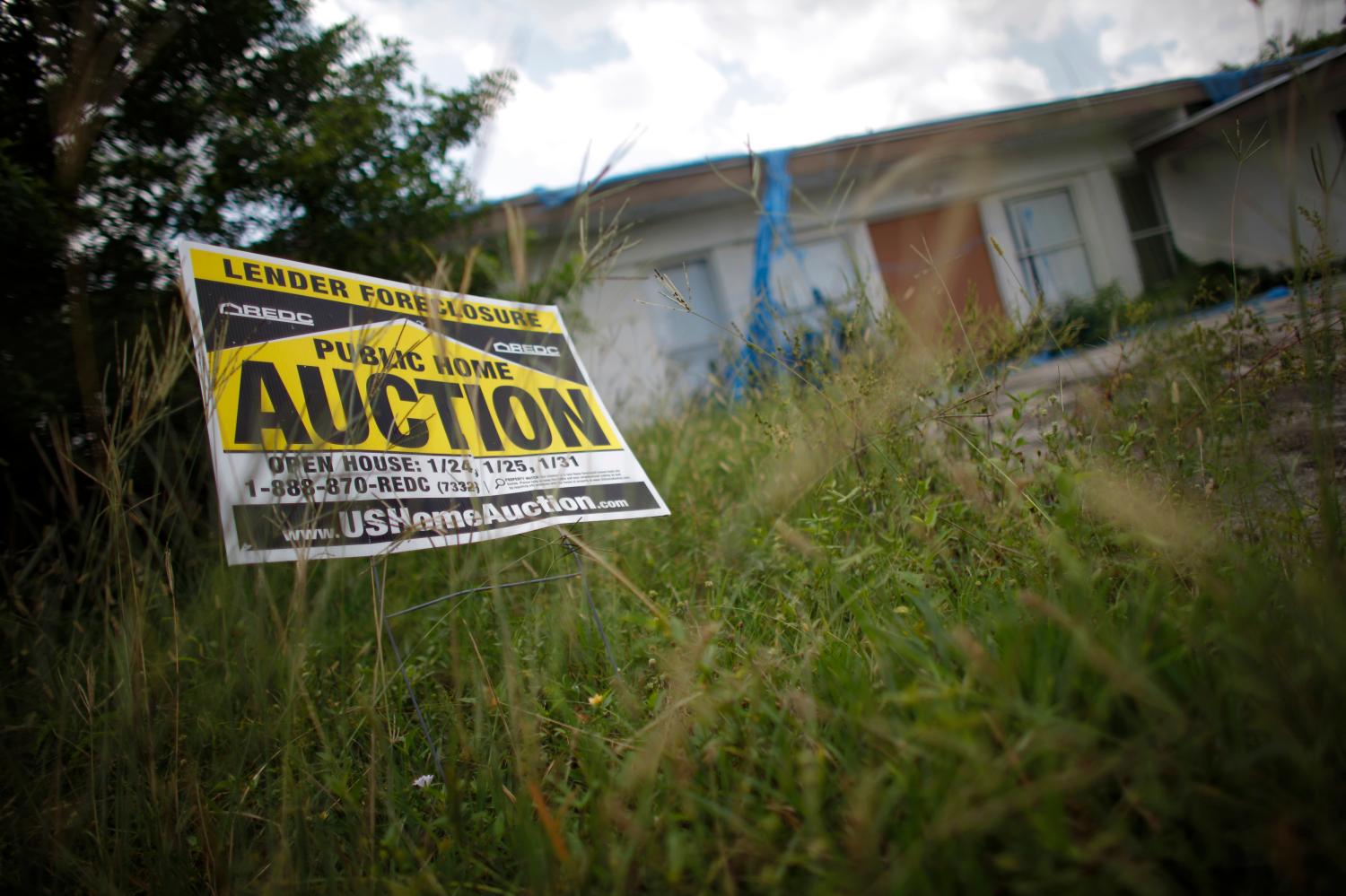In the 20 months since the current recession began it has taken a toll on people and places across the country, whether measured by job losses, unemployment, or increased demand for emergency and safety net services. However, as documented in the first edition of the Brookings Metro Program’s MetroMonitor, the magnitude of these impacts has varied significantly across the nation’s major metropolitan areas.
Understanding how different metropolitan areas have been affected by the recession is a critical step toward shaping appropriate regional public- and private-sector responses to promote recovery. Of course, metropolitan areas are collections of communities that may also be experiencing the downturn to varying degrees, especially now that more than half of America’s metropolitan poor live in suburbia. Intra-metropolitan patterns of unemployment and need should thus additionally inform efforts to put metropolitan workers and firms on the road to recovery.
To begin documenting the extent to which the recession has affected urban and suburban communities across the country, this analysis looks within the nation’s 100 largest metro areas to examine recent unemployment trends in their cities and suburbs. We then analyze the changing demand for safety net services across urban and suburban counties by tracking: (1) change in Unemployment Insurance claims and (2) change in enrollment in the Supplemental Nutrition Assistance Program. These statistics provide leading indicators of how poverty and need are shifting within the metropolitan landscape.
The Brookings Institution is committed to quality, independence, and impact.
We are supported by a diverse array of funders. In line with our values and policies, each Brookings publication represents the sole views of its author(s).






